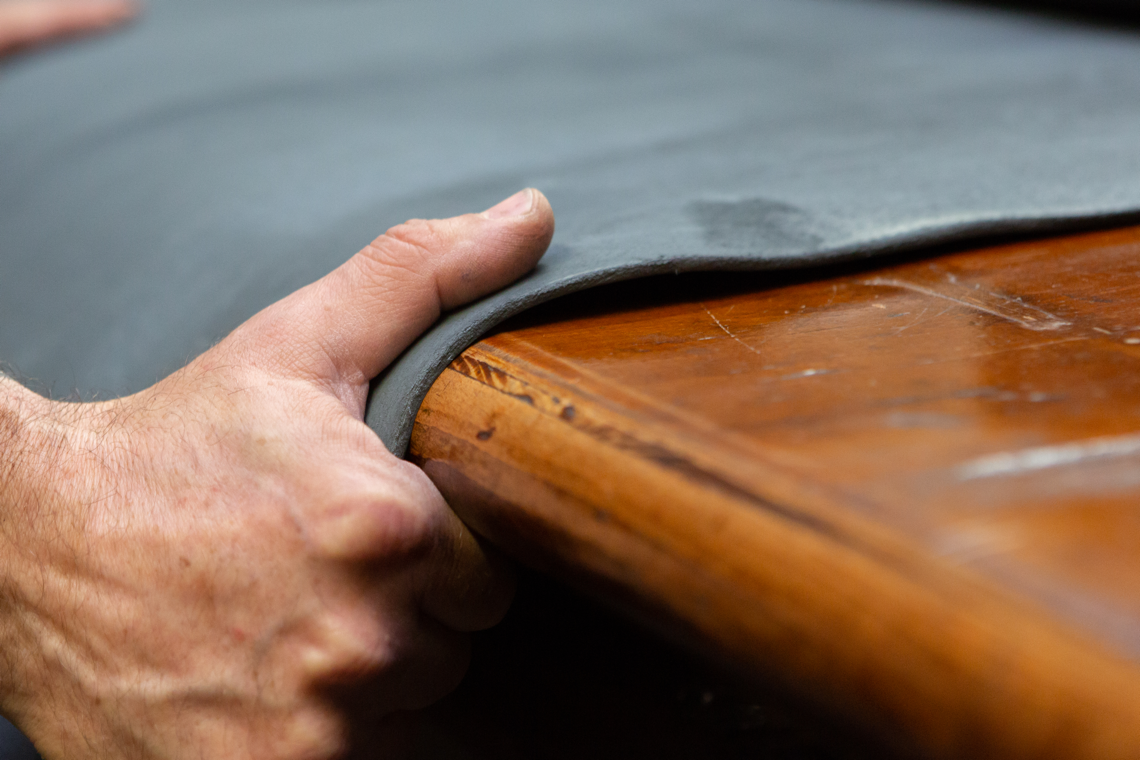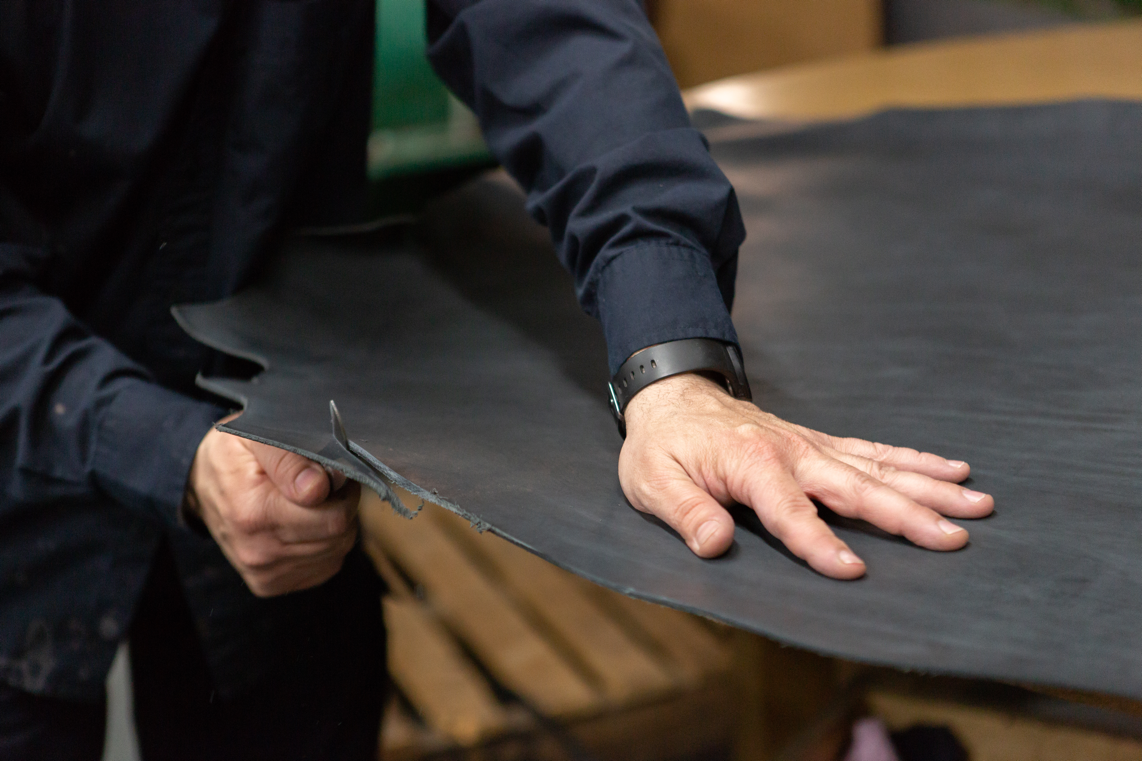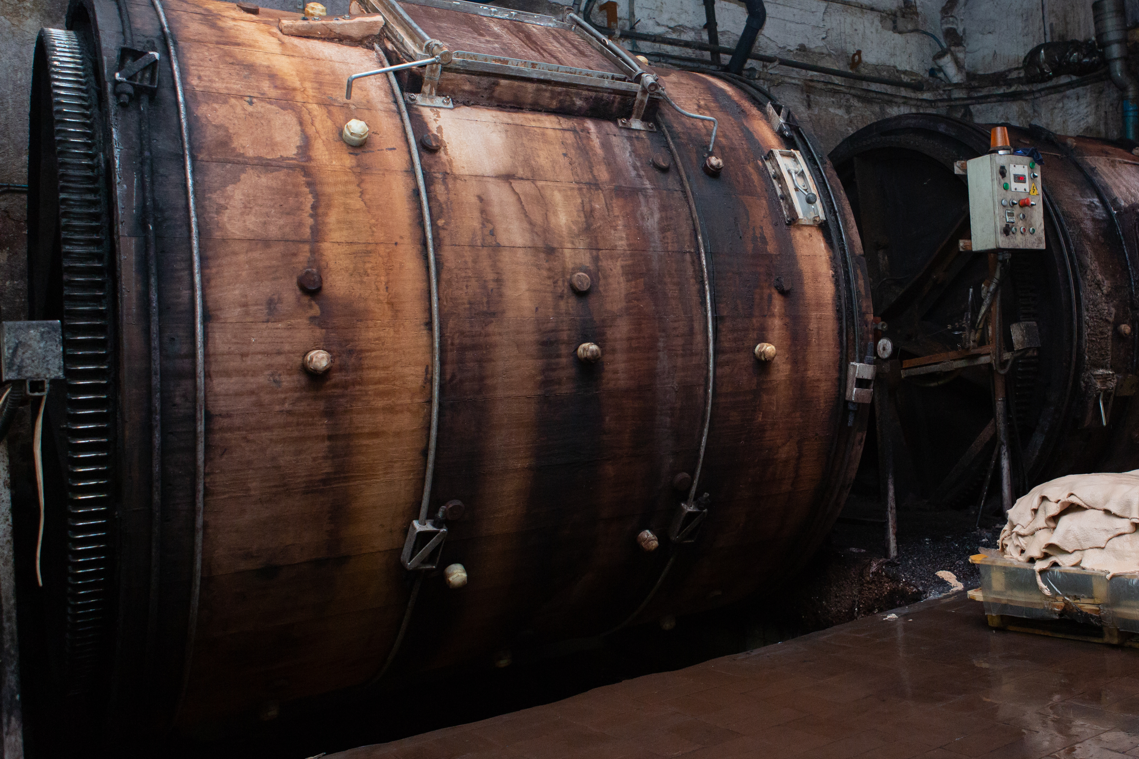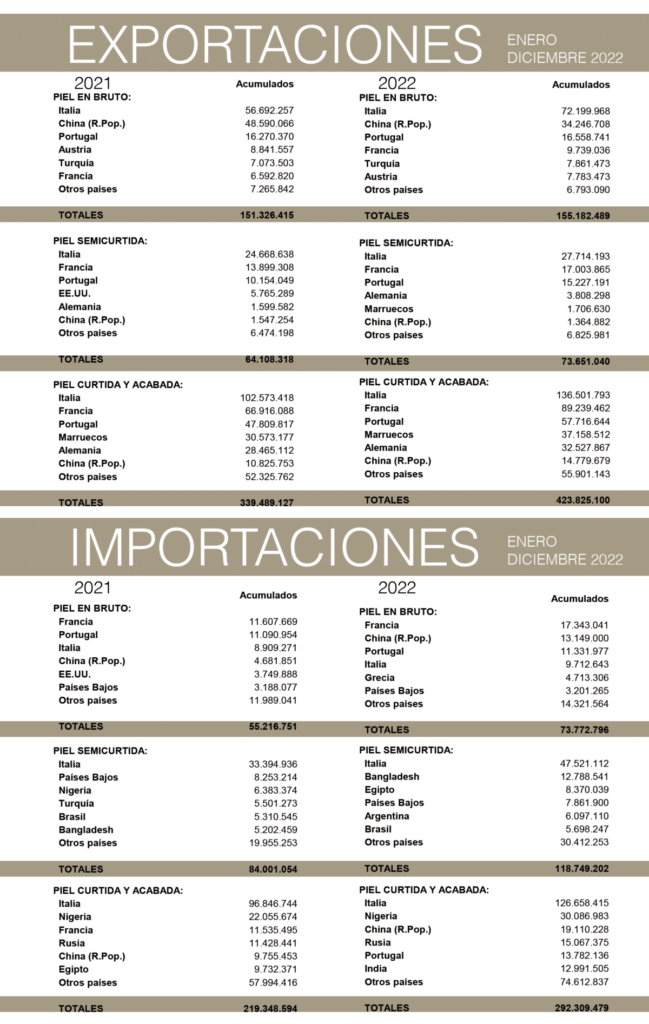Original content by: Lederpiel
How many cows are killed to make a luxury bag? The correct answer is none.
According to a latest report from the NGO World Wide Fund for Nature (WWF), leather is entirely a by-product of the meat and dairy industries. Consequently, leather manufacturers are crucial players in stopping the deforestation of forests. This study supports and acknowledges the need to use leather as a by-product and also clearly demonstrates the importance of considering full life cycle analysis of leather.
«Leather is one of the oldest forms of recycling known. There are many benefits to using leather as a by-product of livestock production», WWF explains in its report. «Leather also has a role to play in fighting deforestation». However, the NGO points out that the leather industry can play a leading role in the fight against deforestation of our forests, mainly by pressuring ranchers to engage in sustainable grazing and livestock practices. The sale of raw hides can be an economic incentive for farmers. For this reason, according to the WWF, the tanners should use their influence over them to put pressure on them and thus prevent them from continuing to destroy natural ecosystems for the intensive farming of cattle herds.
«Leather is an important by-product of livestock production with a rich history. Its durability and position as a luxury item make it a highly desirable material for consumers. The increase in meat consumption globally means that hides will continue to exist on the market and, if not used for leather, they are often wasted, creating methane while sitting in a landfill», the WWF report concludes. «The leather industry has an opportunity to intensify and strengthen its efforts to eliminate deforestation and improve the beef supply chain through the additional income that hide sales bring to producers. Companies that purchase leather can use their influence to drive change and accelerate the protection of habitats at risk», warns the study. «Leather also has a role to play in the fight against deforestation».
You can download the study HERE
And you can read the original post HERE

















